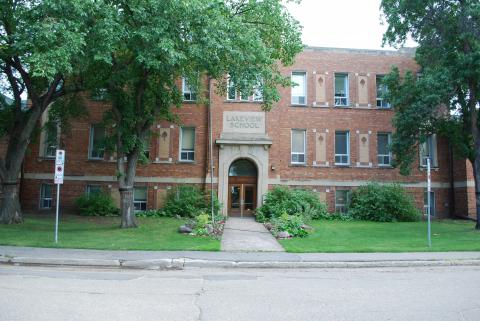I believe I heard Katia say this during the winter semester when it came to talking about technology as a crutch. There was also a lot of talk about how technology “supports” learning, but it doesn’t ‘enhance’ it. I’ll be honest, that doesn’t make sense to me. If something is supporting you or aiding you to be able to do/learn something, does that not enhance it? I’m getting very literal with the statement, but hey, that’s how debates are sometimes. The topics given are intentionally polarizing so that we can reflect on both sides. Luckily, in the real world we don’t have to be so black and white with things. I firmly believe that at times, you bet it enhances learning. At other times, yeah we probably don’t need to go this route. Finding that healthy balance is something that I think many of us are reaching for.
Alright so with the crutch analogy, I get it. Some people are too heavily reliant on certain technologies/others to accomplish things. That is an issue. Where does that issue stem from though? Was the the child taught how to use a device properly? Has there been an attempt at rules/regulations/even classroom management techniques (in certain circumstances) to try and deal with these issues? Is there actual practice time set in place to aid these weaknesses? I’m not throwing anyone under the bus when it comes to this, but I feel like there are also a lot of external factors, besides the child, that lead to this. Sometimes it is just easier to give a kid technology than meeting them where they are. I get it. We’re busy and we have a timeline, so a quick fix is sometimes more economical when it comes down to it. Kind of like just giving a screaming child an iPad because it’s just easier than entertaining that child ourselves. Hope I didn’t offend anyone with that one. Topic for a different time!
In my experience, I have seen students take advantage of certain resources, like tech, scribes, etc because they were allowed to. There have been multiple cases where a student is provided a scribe (usually an EA) who is supposed to take notes/write for the student in specific situations. Things were not made clear and the student would pressure the EA into writing everything down for them or just assume that the EA would do that for them. Avoidance is not going to help a child improve their weaker areas, so again, by all means I understand where many people come from when they say students are too reliant on things.
On the other side for the kids taking advantage of tech and supports, there are students who actually do use the supports given to them appropriately and it does enhance their learning. The last school I was at was almost 50% EAL. Huge respect to those that are getting an education in a language that they are not fluent in, yet. I can’t imagine how different my own schooling experience would have been if I was in a similar situation. Not saying mine would have been bad, but it just would have been very different and I could have seen my own confidence levels affected. Continuing on, I had a lot of students rely on technology when it came to doing homework. From translating words, to using a thesaurus and dictionary (that was made more easily accessible because of technology) the students were able to have some equity in their learning.
In order do use technology effectively I think we actually do have to use it like a crutch sometimes (see what I did there?). Crutches are designed to help people who need help walking. Some people, no matter what, will always need that help to walk. While others are fortunate enough to be able to heal and walk on their own. I think when technology is used in a similar way, used to aid and then can be maybe phased out, is a starting point for individuals who desperately do need that support for where they are in their educational journey.
Side note about Outdoor experiences being better than using technology, which was used in the debate: how are you getting to where you want to go? Bus? Are you doing something like trapping or using maps? Are you writing things down? You walking around barefoot or wearing shoes? That last one is a little petty, but even when we’re outside, we’re still using a lot of technology to get things done. Maybe not in the sense of computers and phones but a hammer, heck even the way you use a stick, is still technology. In honour of Dr. Nick Forsberg, I have to say that just being outside or having class outside and not utilizing the land and learning from it is not outdoor education. This does require us to look at the land scientifically and use it to complete goals or aims, which is a form of tech.
Bottom line for me, yes it does enhance learning. This depends on so many factors though. We didn’t even get into when accessibility is a huge issue and some of the other socio-economic areas. Some areas it takes away, but I think overall it has done so much good and made things better.
Hetterley




















